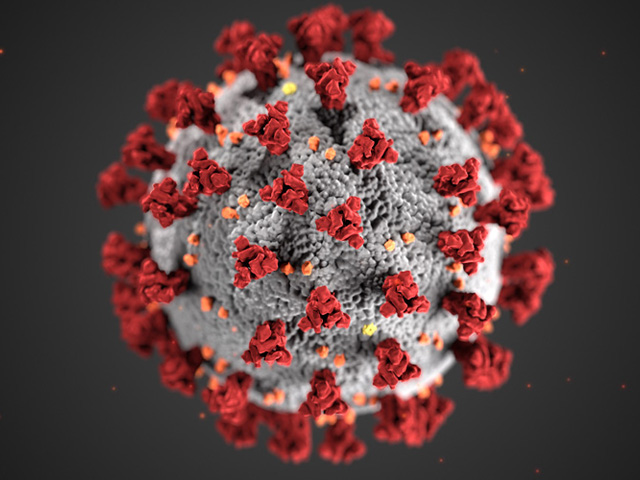
Herpes simplex / Epstein-Barr and Hepatitis B viruses
Sesquiterpene lactones derived from Artemisia annua L derivatives show bioactivity against a range of DNA viruses.
Herpes simplex virus 1 and 2 (HSV-1 and HSV-2), also known by their taxonomical names Human alphaherpesvirus 1and Human alphaherpesvirus 2, are two members of the human Herpesviridae family, a set of new viruses that produce viral infections in the majority of humans. Both HSV-1 (which produces most cold sores) and HSV-2 (which produces most genital herpes) are common and contagious. They can be spread when an infected person begins shedding the virus.
About 67% of the world population under the age of 50 has HSV-1. In the United States, about 47.8% and 11.9% are believed to have HSV-1 and HSV-2, respectively Because it can be transmitted through any intimate contact, it is one of the most common sexually transmitted infections.
There is good in vitro and in vivo evidence for the activity of Artemisia annua L derivatives against DNA viruses of the Herpesviridae and Hepadnaviridae families.
Published Study Summaries
Artemisia annua, a Traditional Plant Brought to Light
https://www.ncbi.nlm.nih.gov/pmc/articles/PMC7404215/
Traditional application and modern pharmacological research of Artemisia annual L
https://pubmed.ncbi.nlm.nih.gov/32758647/
The antiviral activities of artemisinin and artesunate
https://pubmed.ncbi.nlm.nih.gov/18699744/
Atelier Temenos is not the author of this material. It is an independent source. Please read and use the information as needed.

